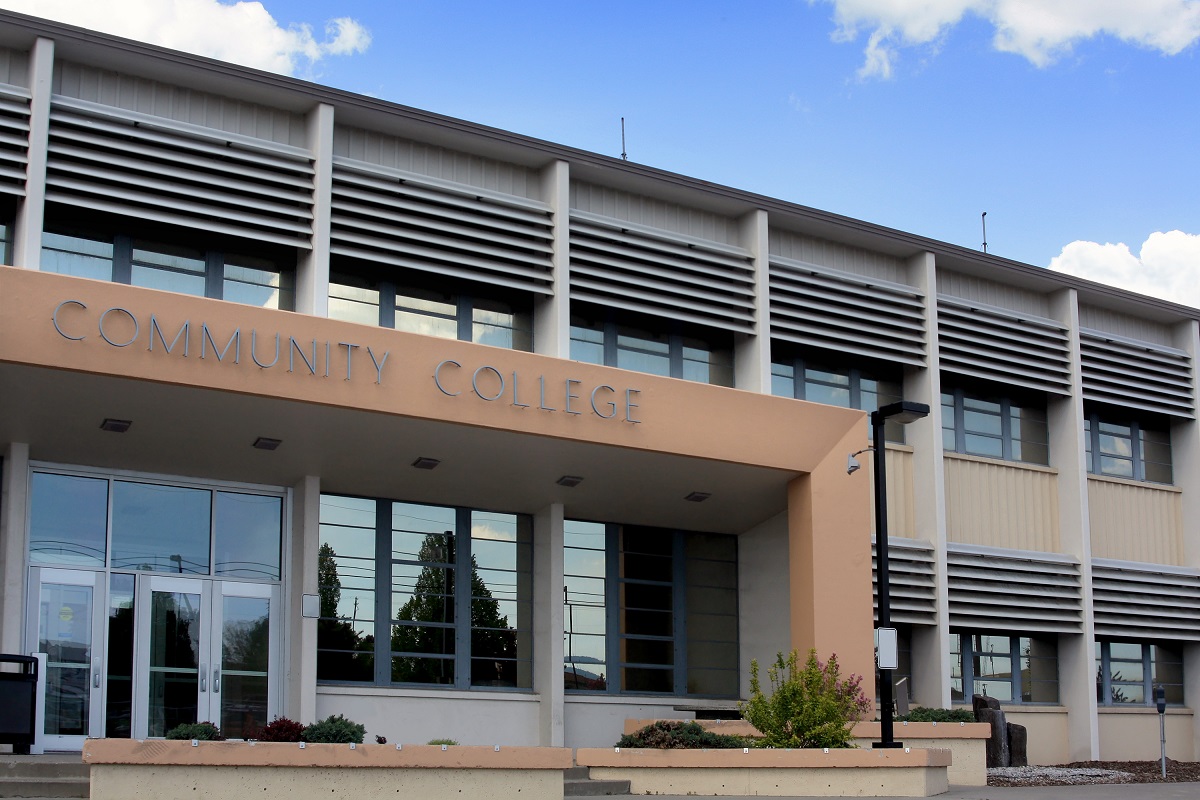Since the adoption of California’s new Mathematics Framework, the Rural Math Collaborative (RMC) has made significant strides in its efforts to improve math education in small, rural local educational agencies.
Led by Lake County and Butte County in partnership with the California Collaborative for Educational Excellence, the RMC comprises 20 counties working to build high-quality professional development and coaching, professional learning networks (PLN) focused on mathematics instruction, and interventions based on the specific needs faced by small, rural and isolated support providers.
“When we are so rural and remote, it gets hard to access some of this professional learning that’s out there,” said Kim Ferguson, RMC lead coordinator and Lake County Office of Education learning support specialist.
Lesson study — a collaborative process that facilitates planning, analysis and continuous improvement of instructional practices through observation, evaluation of student learning and goal-setting — has been key to expanding the capacity for this work.
“The biggest thing is we’re building capacity for ongoing continuous improvement in mathematics,” Ferguson said. “I know in my county I’ve been able to create a system that didn’t exist before for a lesson study. I have some facilitators in training that shadowed me this last year, and next year they’re willing to take on a team. So, that’s really exciting to see schools that didn’t necessarily have those processes in place where it’s a collaborative culture and I’m seeing it start to take off.”
The goals of the RMC are to:
- Build capacity in California’s rural counties to support math instruction and improve the culture of math education in rural communities.
- Instill positive changes in attitudes and dispositions about math to promote greater student and teacher efficacy.
- Support teachers in the mindset shift from deficit-based, remedial approaches to asset-based acceleration approaches.
To accomplish these, the RMC developed partnerships with the Chico Math Project at California State University, Chico, and the California Mathematics Project: North Coast at CSU Sonoma.
In developing a system to support math achievement, Ferguson said the collaborative landed on four main areas: lesson study, intervention, coaching and asynchronous modules.
Lesson study
This prong aims to support teachers to thoughtfully implement change in their classroom. “It’s always about keeping the students in the center of that lesson study design,” Ferguson said.
Intervention
Originally, this prong included the K-8 Intervention Program Spring Math Pilot and a high-impact online tutoring program for students grades 9-12. However, Ferguson said that the data was not showing positive outcomes. As a result, now in year two of implementation, the shift has been made to a Concrete-Representational-Abstract (CRA) program called Do the Math for the small group instruction.
“We’ve gone in two directions on that. Our original design was all around high-impact tutoring and creating a system where we would train people in high-impact tutoring in each of the counties, and then those county people would then train tutors,” Ferguson said. “Well, we found that in our rural remote areas, we lacked the human capital.” That led to the creation of more flexible models, including in-classroom small group instruction sessions focused on math interventions for younger children. “We’ve found that it’s getting some traction,” she continued. “Teachers are really appreciating having a tool for that small group instruction.”
Coaching
This prong focuses on creating a system of support to build or better use teachers on special assignment (TOSAs) and instructional coaches to improve math instruction.
Asynchronous modules
This prong provides access to monthly online professional development on topics such as data science, social-emotional learning, number sense and Multi-Tiered Systems of Supports. “Once the [math] framework was adopted, we started creating some in-person sessions and then follow ups that both get that information to the administrators in our 20 counties and then to our teachers as well,” Ferguson said. “Because we are rural and remote, we also lack people — you can’t be everywhere all at once. So, sometimes we have things like our technology where a lot of our PLNs are virtual and recorded so that people can watch it afterward if they weren’t able to be there. That’s been really important, being flexible.”





